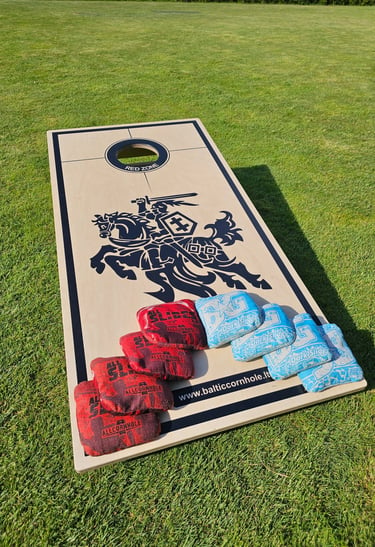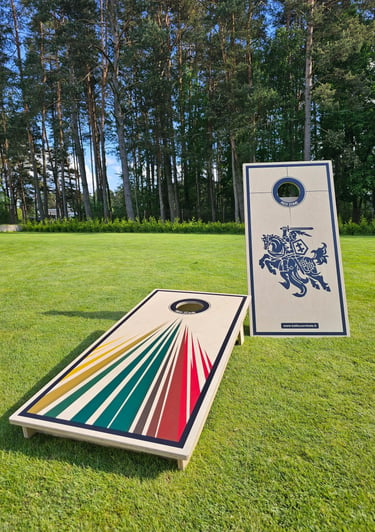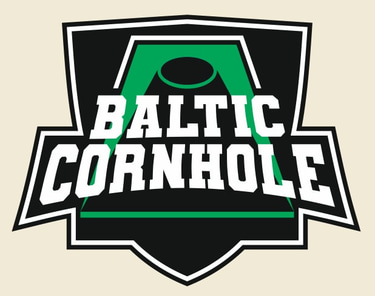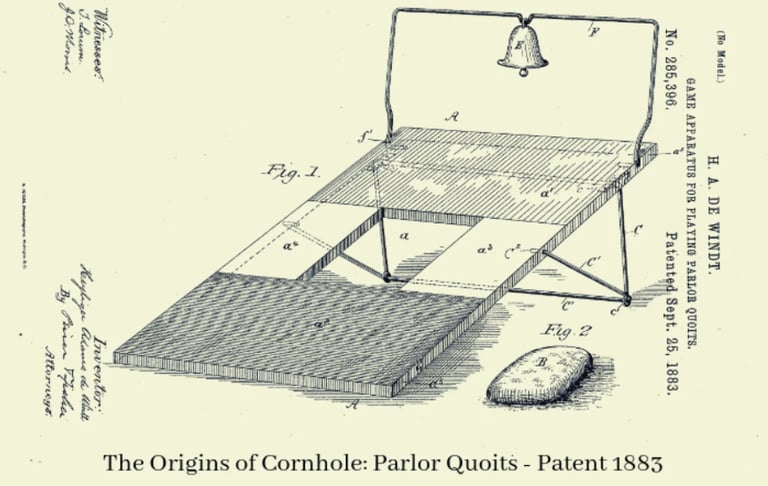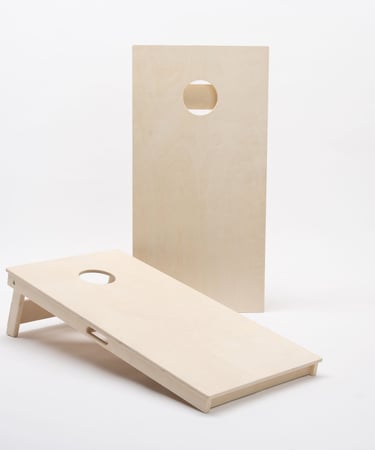Cornhole is a popular outdoor game, especially loved in the U.S., but its roots may trace back to Europe. The history of this game is not entirely clear, but there are several versions of how it originated.
Early Origins
Some sources claim that cornhole was invented in Germany in the 18th century. One story suggests that a German carpenter, Matthias Kuepermann, created the game after seeing children throwing grain-filled bags into a hole. It is believed that he designed the first cornhole boards to make the game safer for children.
Another version suggests that similar games existed as early as ancient Greece or that Native American tribes had their own versions, where they threw bags into targets.
Cornhole’s Popularity in the U.S.
Despite possible earlier origins, cornhole gained popularity in the U.S., particularly in the Midwest, in states like Ohio and Kentucky. It is believed that German immigrants brought the game to America in the early 20th century.
By the 21st century, cornhole had become an essential part of American picnics, backyard parties, and sporting events. In 2003, the American Cornhole Association (ACA) was founded, followed by professional leagues such as the American Cornhole League (ACL), which organizes major tournaments with cash prizes.
Why Is It Called "Cornhole"?
The name cornhole comes from the fact that traditional game bags were filled with corn (corn), and the hole in the board is referred to as hole.
Modern-Day Cornhole
Today, cornhole is not only a recreational game but also a professional sport. Players compete in local and international tournaments, with some events even being broadcast on television, including ESPN.
